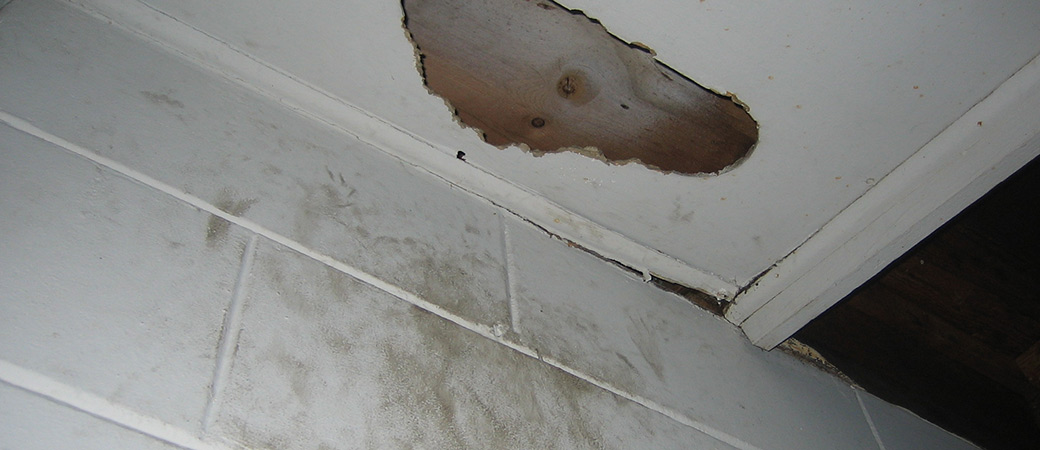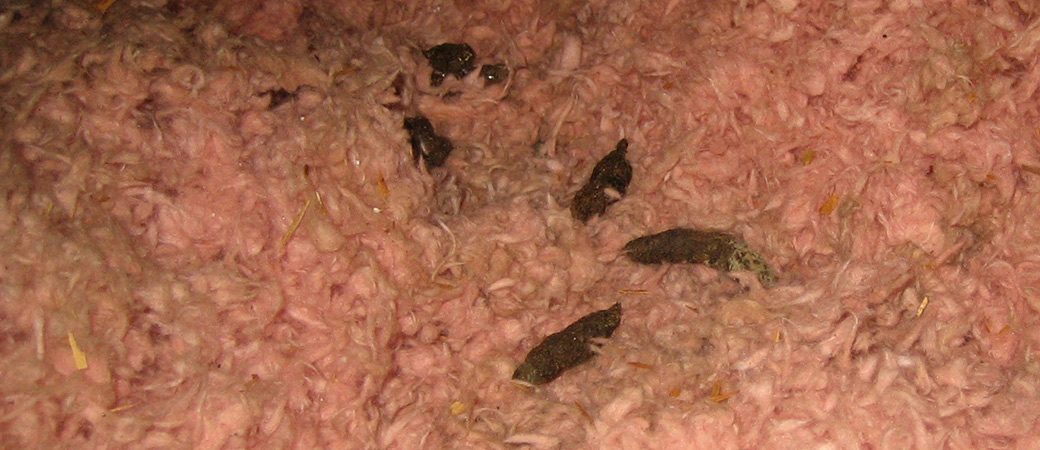How to Identify Your Nuisance Critter Based on Clues
Identifying nuisance wildlife based on clues is pretty easy if you know what you’re looking at. Most problems invasive critters cause are in the attic, as they prefer this safe, dark, warm, and dry space to raise their offspring, or to enter torpor states during cold weather. The best way to identify what type of critter lives in your attic is by smell, because every species has its own specific smell. But the truth is that this identification method can only be efficiently used by those with a trained nose, and it’s unlikely that the unexperienced homeowner will be able to successfully use this identification method. There are other clues that will help you determine what type of animal is occupying your attic, and you can continue reading about them below.

Time of year
Based on what time of year it is, you can at least eliminate some animals from the equation. Raccoons can den in attics throughout the year, but it is more common for them to appear during maternity season, in the months of March, April, and May. Rats and mice can gather in attics no matter the season, but they usually invade during wintertime. Squirrels will usually produce two litters per year, and will inhabit attics in the late summer and autumn season, or in the late winter and early spring seasons. Bats can inhabit attics either during the period from mid-spring to mid-summer, when it’s bat maternity season, or during the cold season, when they will be rather inactive.
Type of noise
Different animals will make different noises, and while almost all nuisance critters that nest in the attic will produce scratching noises, the exact species you’re dealing with can be identified if you listen carefully. Raccoons will produce heavy thumping sounds as they walk on insulation or jump around in the attic. If you’re hearing vocal sounds, you’re most likely dealing with a raccoon. The sound of a crying litter is another clue that you have a raccoon infestation, and a baby raccoon’s cry is very unique (you can check for recordings online). They are nocturnal creatures, so most of the noises will happen at night. Soft pitter-patter from inside the wall or ceiling usually means mice, while fast running usually in the walls means rats. Both the mouse and the rat will be active at night. Fast scurrying and rolling ball noises during the day means you have a squirrel in your attic. The sound of more tiny animals running around in the attic during the day means mama squirrel had a litter. High-pitch chirping and flapping noises at sunset are an indicator of bats.
Type of damage
By studying the damage created by the nuisance animal that has invaded your home, you can gather lots of clues that will let you know exactly what type of animal is the troublemaker. Raccoons can usually be identified by the large entry holes they use to get in and out, most commonly holes that they’ve made themselves by tearing up openings in the roof, soffit, or ducts. Heavily damaged insulation can also let you know you’re dealing with a raccoon, as can food and droppings in the attic. Mice will chew on electrical wires and wood, but not as much as rats will. Rats will chew through almost anything, including pipes, and will leave brown grease stains and fur on their usual entry points and pathways. Both rodents will fill the attic with feces and urine. Squirrels will usually chew their way into an attic, and this means you will be seeing one or more 2-inch entry holes with clear signs of chewing. Squirrels will also chew in the attic, electrical wires included. Bats will produce guano, usually in large amounts, so it’s pretty easy to identify bats by their waste.
Animals in the attic can also be identified by their tracks, but like with the smell method, this might not be an option if you don’t know what you’re looking at. However, you can check pictures online or even use an app to try and identify the animal that left those tracks behind. Aside from simply smelling what animal lives in a particular space, your next best clue lies in the animal’s waste. You can’t go wrong with feces. Again, you can compare the feces you’ve found with photos of critter feces online in order to determine what type of animal is responsible, and I’ve uploaded tons of examples exactly with this purpose in mind. Just going into the attic and expecting to have visual contact with the critter that’s been bothering you is pretty unrealistic, but if you’ve identified their points of entry and exit, you can keep watch from outside, and you’ll be able to see them sooner or later, especially if you know when to look.

Type of Feces
Different wild animals leave behind different types of feces. Look at my wildlife feces pages for more information:
Proper identification will lead to proper removal, as depending on what type of animal is causing the trouble, different removal methods apply. Depending on the time of year, the area you live in, and the animal in question, removal may even be illegal. It’s very important to know how to correctly identify what animal has invaded your home, and knowing where and when to look for clues is key in this process.

